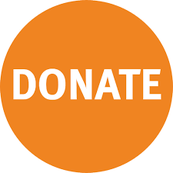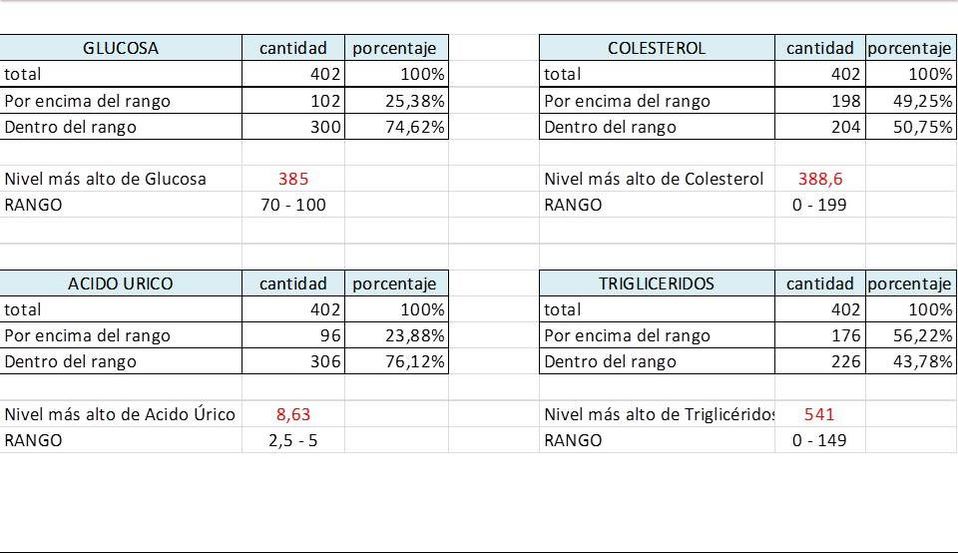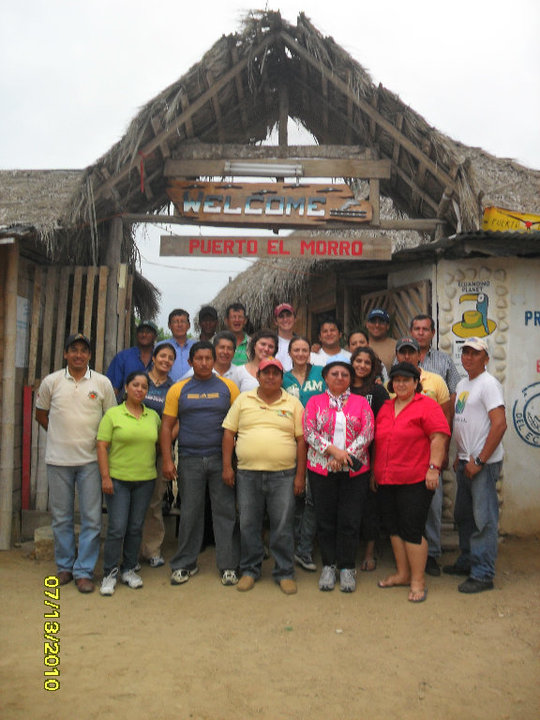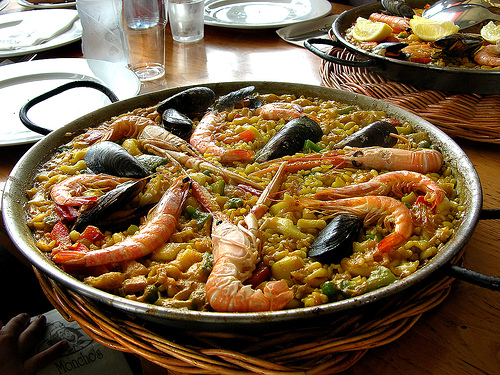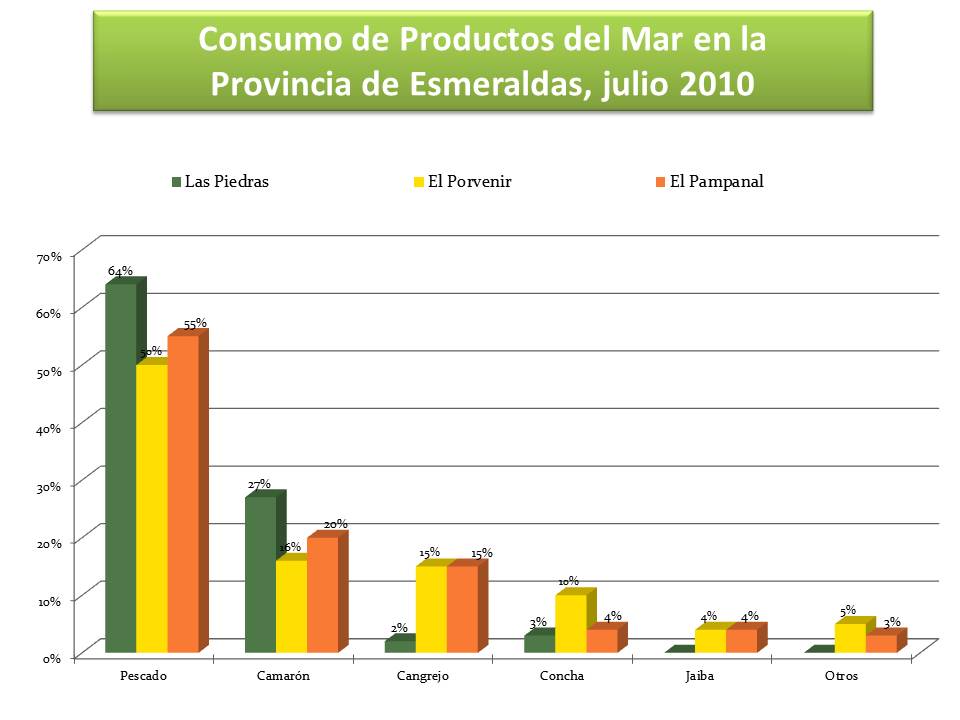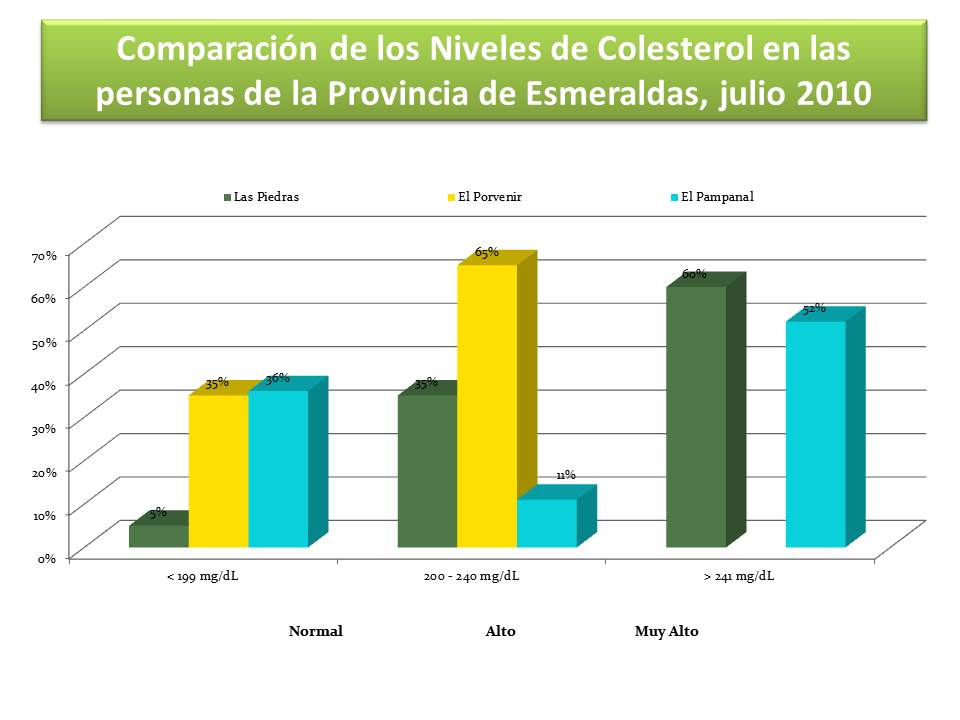PROYECTO SOMOS LO QUE COMEMOS
Para poder comprender la relación entre el estado de la Salud de los Ecosistemas Marinos y la Salud Humana, es necesario este tipo de proyectos, es así que en el 2010 FUCOBI inicia este proyecto piloto con el propósito de entender los hábitos nutricionales de las personas cercanas a los manglares a través de la medición de parámetros hematológicos y químicos, los niveles de metales pesados y COPs en la sangre humana, para así analizar la asociación entre la carga de contaminantes en peces, camarones, conchas y la condición de Salud de los Ecuatorianos de la Costa.
